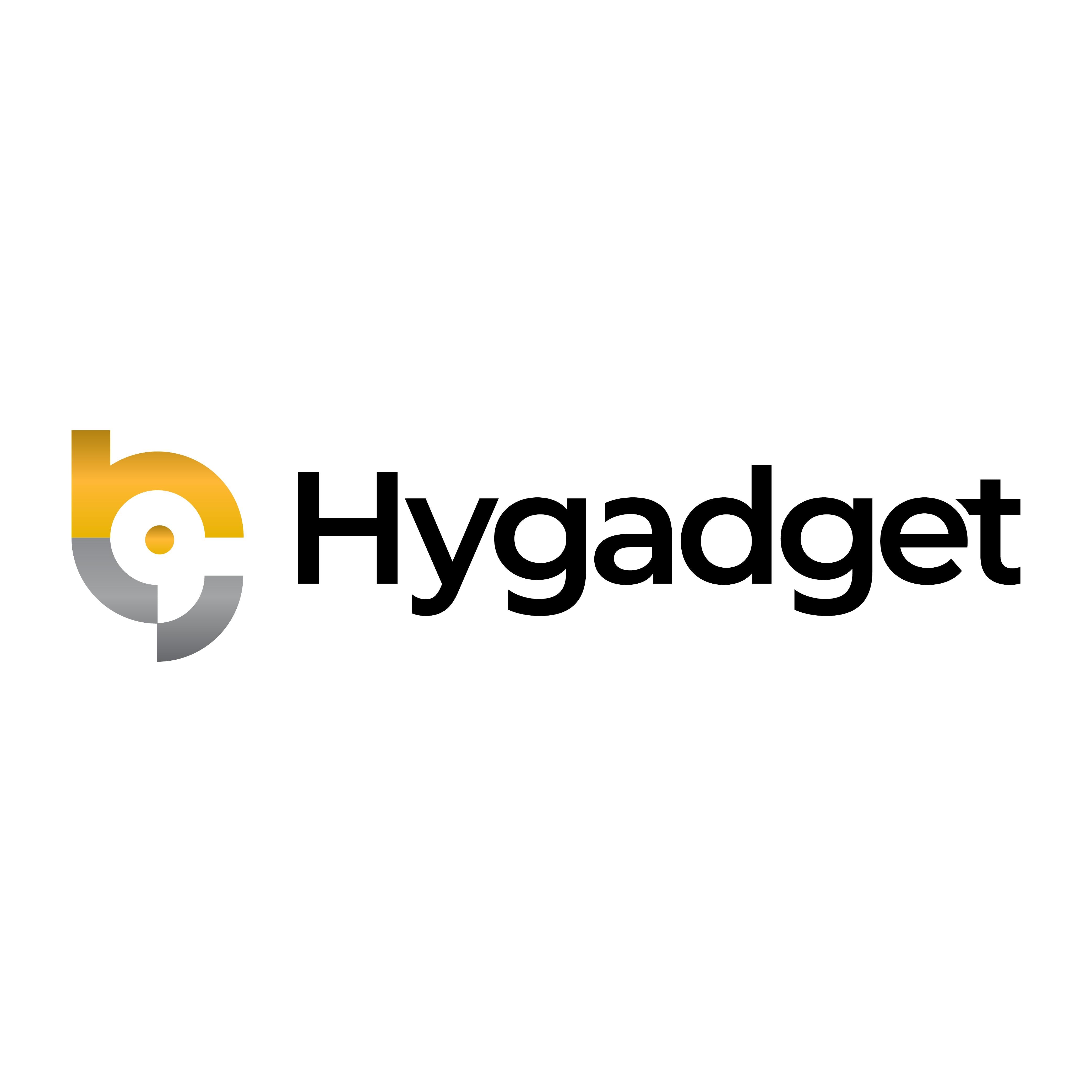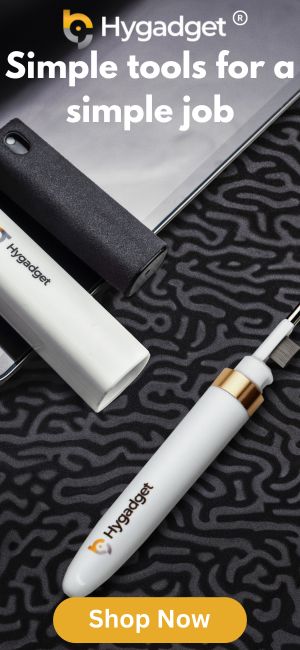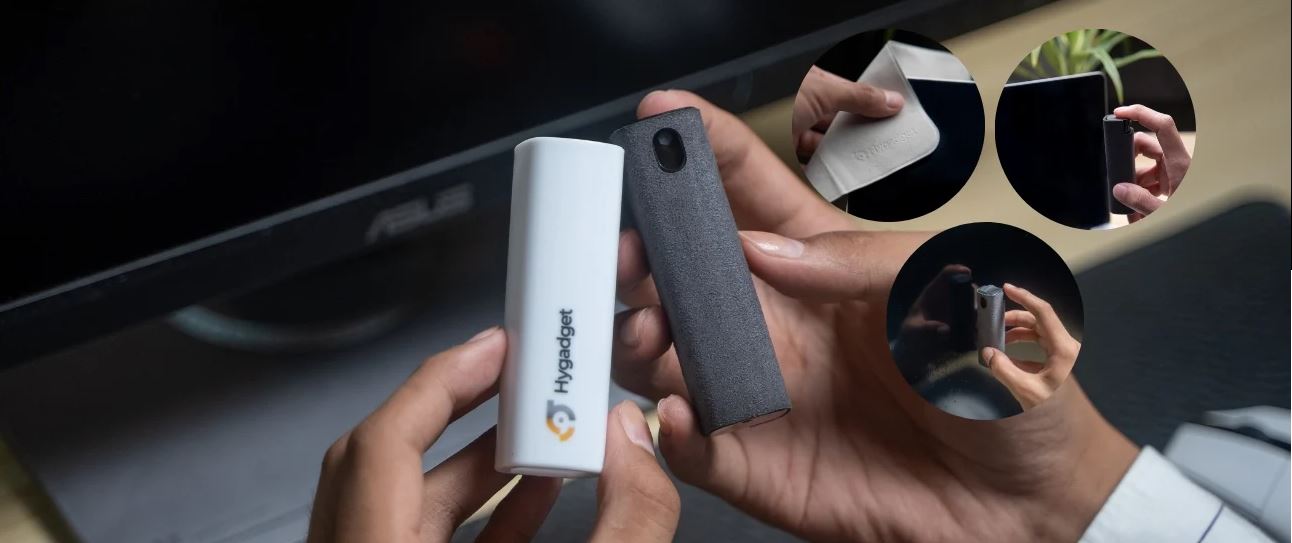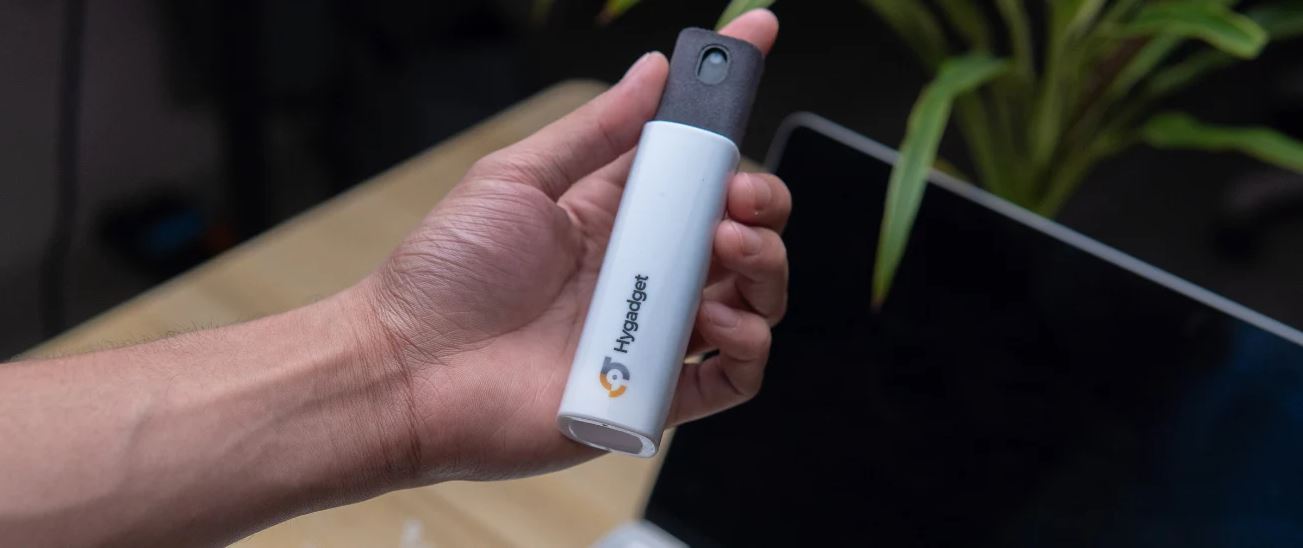Ever feared one day that your younglings at home might get exposed to harmful chemicals whilst you clean the delicate surfaces of your electronic screens? This guide will be written and intended for parents and guardians who are seeking effective ways to clean their screens without exposing their children to potential hazards.
Whether you’re dealing with a toddler's sticky fingerprints or a teenager’s smudged smartphone screen, in this blog we’ll explore child-safe products, appropriate tools, and techniques that will minimize risks, allowing you to maintain clean screens and, more importantly, keep your children safe whilst doing so.
Identify Safe Cleaning Products

When it comes down to cleaning your laptop, computer, tablet, phone screen, etc, around your children the choice of cleaning products is crucial. Many conventional screen cleaners contain chemicals that can be harmful if they are ingested or even inhaled, especially by young children who are more susceptible to such toxins. Therefore, selecting safe cleaning products not only provides the cleanliness of your screen but also the health and safety of your family.
Child-Safe Ingredients
Look for cleaning products that are labeled as non-toxic and free from harmful chemicals such as ammonia, chlorine, and phthalates. Brands often at times would market these safer options as pet-friendly or child-safe, which are good indicators of their suitability. However don’t take their word for it, look at the ingredients listed usually at the back of the product, and do your own research on the chemicals that they’ve used and whether or not they are safe to use around your loved ones.
If you're looking for a gentle yet effective cleaning solution, we highly recommend the HyScreen Kit. Made from plant-derived ingredients, it contains no harsh chemicals that could put your children at risk.
DIY solutions
Creating your own screen cleaning solution gives you more control over chosen chemicals. It’s a safer, effective, and cost-effective alternative. A simple mixture of distilled water with a small amount of white vinegar can serve as an excellent natural cleaner. It avoids the certainty of non-harsh chemicals and best of all, is safe to use around your children. However, use it sparingly on screens to avoid screen coating damage that some of your devices might have.
Alcohol-Free Wipes
If you’re looking for something more convenient and reduces drinking risks by your curious younglings, you can opt for alcohol-free wipes. Non-alcohol is better as alcohol can be harsh on the sensitive screen coatings of modern-day devices that help with glare and oleophobic protection.
Involving Children Safely

Educating your children on the screen cleaning process can be a valuable lesson in teaching them responsibility and how to care for their belongings. However, it’s crucial that they do this safely and ensure that both the children and the devices remain unharmed. Here are some guide involving children in screen cleaning activities:
Demonstrate first
Show children how to clean their device screens by demonstrating the correct method yourself. Let them observe you use gentle, circular motions with the cloth and explain the importance of being gentle with electronics. A good demonstration will ensure they mimic your actions for proper screen cleaning.
Use Safe Products
As mentioned you want to find products or mix DIY solutions at home that are safe and non-toxic, as children are more likely to have accidents, such as getting cleaning solutions on their delicate skin or in their eyes. You’ll also want to educate them on the importance of using such products and the risks involved in other types of cleaners that may not be so chemically friendly. For more insights on choosing safer sprayers and cleaning options, consider the recommendations from the Environmental Working Group in their article on safer options for spring cleaning, available at EWG’s Safer Sprayer for Spring Cleaning.
Supervise Closely
Always supervise children when they are cleaning their device’s screen. This will ensure that they are cleaned correctly and safely. It also prevents any accidental damage to the devices or potential mishaps involving the cleaning products.
Safety First
Educate them on the importance of not spraying any cleaning solution liquid directly onto the electronics and the reasons for using cloth instead. Follow up by teaching them about the dangers of electrical devices and the precautions they need to take when they are around such equipment.
Preventing Accidental Ingestion

Other than supervising closely to avoid this incident here are some extra precautions actions to take to avoid accidental ingestion by your children:







